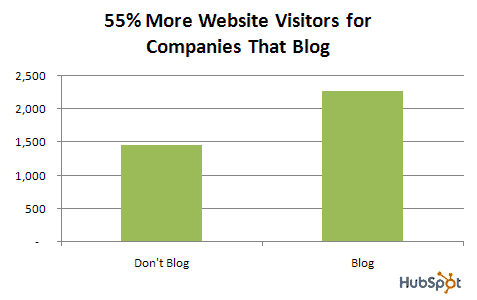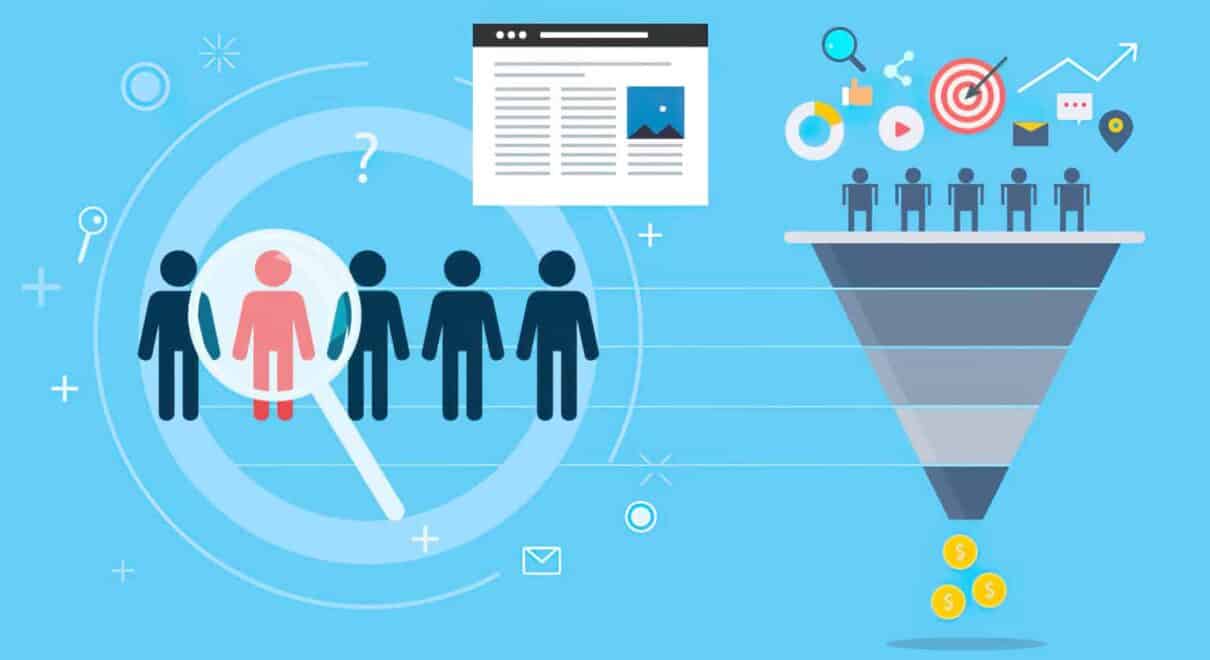Have you ever thought about how – and when – your target buyers are consuming your content?
When we are planning a content strategy, we invariably start thinking about the kind of content that our target personas will love reading.
What we do not notice is that subconsciously our content decisions are founded upon creating content for various stages of the buyer journey.
The purpose of any content marketing strategy is to push a prospect further down the marketing funnel and ultimately converting a prospect into a lead and a lead into sales.
Your prospects should convent into a normal lead, then into Marketing Qualified Leads (MQLs), proceeding to convent into Sales Qualified Leads (SQLs) and finally into actual sales.
The key to all successful content marketing or inbound marketing is not to think of a buyer journey at a subconscious level.
You have to bring it out from the back of the mind to the front.
All content must be created for the TOFU, MOFU, and BOFU stages – meaning Top of Funnel, Middle of Funnel, and Bottom of Funnel.
This is the kind of content that will work.
Buyer Journey-Driven Content Strategy
A content strategy does not exist in a vacuum.
The success of your strategy and content assets is dependent on the users’ need for such assets.
They will only go through it and engage with it if they think it is useful for them.
This is why it is important that you adopt a strategic and buyer-centric approach toward content.
Do not create content for the sake of it; such content might deliver immediate value, but over the long term, will offer diminishing returns.
You don’t want that to happen, do you?
So, let’s discuss all the funnels from a content perspective and look at the various types of content, that should be a part of TOFU, MOFU, and BOFU.
Top of the Funnel Content
This is the awareness stage.
This is the time when your target personas are at the research stage.
They are facing a particular problem and searching for information related to that problem and its solution.
They are sifting through tons of information available online; a large chunk of this information is provided by your competitors.
The competition is tough. This is the time when you should ensure they are able to come across your content assets.
So, what are these assets?
These include your website, website blogs, guest blogs, infographics, and anything else that you think will help attract more traffic to your site.
In order to improve the visibility of these assets, your content creation must tie in with your SEO and online marketing efforts.

Companies that blog, attract 55% more visitors than those that don’t.
This is a huge difference, especially when you are trying to generate more awareness for your products and services.
Remember, your customers want to be more aware and you want to ensure more awareness as well, from a business point of view.
So, the scenario is ripe for engagement – all you need to do is hit your audience with the right content.
Middle of the Funnel Content
This is the consideration stage of the buyer journey wherein, your “awareness” assets have started to work for you.
Visitors are flocking to your site, but now what?
Not all of them are your leads.
Do you know what is the average landing page conversion rate? It is 2.35%.
Yes, it is that low.
If your website attracts 100 visitors, chances are that only 2 visitors will convert into leads.
But even this figure comes with its own preconditions.
The conversion happens only if visitors see your products/services as an ideal solution for the problem they are facing, or fits their interests and preferences.
Your job is to tell them, “Yes, this is the solution, you want.”
The content that helps convey this message includes:
- Case studies: These offer proof of concept.
- White papers: Great for showcasing thought leadership and depth of domain expertise.
- Product comparison: Why your product is better than the competition.
- Product guides: Drill-down information on product features and functionality.
These and other types of content that can explain:
- What your product/service is all about.
- Why prospects can trust them.
- How they have helped users.
- The tangible benefits they bring to the table.
End Game: Bottom of the Funnel Content
All content leads to this.
This is the stage when your leads are ready to become your buyer.
They want to buy the products/services from you but require one final push.
Your content must convince them they are making the right decision.
This hopefully will guarantee a buying outcome for your business.
This is the time when you need to capture the potential customer’s attention and not let it go.
Start pitching offers to them.
These offers could be:
- Product discounts.
- Extra features in a service.
- A 30-day free trial offer.
No, this is not the time when you ask your salespeople to contact the lead.
You must push the kind of content out that helps them make the right decision, and then ask the sales team to connect with leads.
Assets like:
- Vendor comparison: Why you as a vendor are better than your competitor.
- Third-party reports.
- Solutions briefs.
- Client testimonials (videos are great).
Anything else that can make leads click on the buy button should be a part of your content asset list for BOFU.
Here, you can mix up your content, because an asset like case studies can also help convert fence-sitters into customers.
Conclusion
The next time you start thinking of creating content, ask yourself why you are creating that particular piece of content.
At which point of the buyer journey will the prospect read that content?
The answer to this question will help you create content that works.


